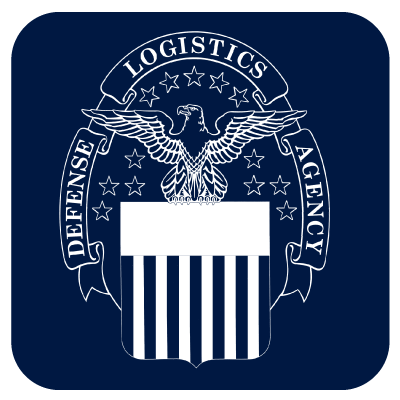Is there such a thing as a perfect, one-size-fits-all resume? Unfortunately, no. I’d like to tell you that you can use the same resume for everything and that it will always work, but that’s simply not the case. Each open position requires a tailor-fit resume, customized for the industry, company, position, and application process. That’s not to say you can’t simplify the process, though. There exists one resume that everyone absolutely must have, regardless your years of experience. I call it the Big A#$ Resume (BAR, for short).
What’s a BAR?
A Big A#$ Resume is exactly what it sounds like. It’s a completely exhaustive resume with everything on it that you could possibly include. Every job you’ve held, school you’ve attended, award or certification you’ve earned, activity you’ve engaged in, class you’ve taken, volunteer experience you’ve completed, and skill you’ve developed. More than that, though, a BAR should detail everything your various jobs and experiences have included. Did you work with a Customer Relationship Management (CRM) system in your fundraising internship? Put it on the BAR. Train volunteers for an event you worked at? Put it on the BAR. Serve on a hiring committee at work or the alumni relations committee at school? Put it on the BAR. You get the point.
How do I make one?
Depending on your years of experience, creating a BAR can be a substantial task, but it will pay off. Trust me.
If you don’t have a whole lot of professional experience, start by listing things from high school and college. List clubs and sports, leadership roles, volunteer experiences, and any jobs or internships you may have held during this time. Don’t forget to include classes, grades, test scores, summer camps and extracurricular activities. Anything that you can remember or dig up – add it to the BAR.
If you have a few years of professional experience, it may be helpful to start by working backwards. Put as much detail into your current roles and responsibilities as you can possibly think of – software and applications you use at the office, recognition received, your role in any business-wide accomplishments, etc. Did you help rewrite the New Employee Handbook? Put it on the BAR. Contribute to a strong Q4? Put it on the BAR. Once you’ve created an exhaustive picture of your current role on the BAR, start working backwards. It may help to look at previous versions of your resume or pull content from your LinkedIn profile.
Once you’ve decided your approach to writing a BAR, the most important thing is to keep it up to date. It doesn’t need to be clean or pretty because this resume should NEVER be submitted in an application. Just go ahead and word vomit all over that word doc, and keep word vomiting for the rest of your professional life.
How do I use it?
The Marketing Coordinator position at Company A probably requires a different set of skills and responsibilities from the Marketing Specialist position at Company B, so why would you use the same resume for both applications? You may be qualified for both positions, but if your resume doesn’t address the qualifications required by each position, you likely won’t be considered for either.
At the same time, it’s unreasonable and unrealistic to start from scratch with a new resume every time. This is where the BAR comes in.
Let’s pretend you’re applying for the Marketing Coordinator position at Company A, which requires “experience in client-facing roles” and “exceptional customer service and communication skills, both written and verbal.” Rather than copy-pasting the job description of your current position into your resume, look at the BAR and pull out any relevant information that provides evidence of your experience. Doing so will present your potential employer with concrete evidence of how your experience matches the requirements of the open position.
Why do I need one?
-
Having a BAR helps you remember.
Think of a BAR like a scrapbook or your Instagram account. If you don’t keep records of your experiences, you may not remember them years down the road. Maybe you used a project management tool or time-tracking app in your last internship. This might be a valuable skill in the eyes of a future employer, but they’ll never know about it if you’ve repressed that experience from your professional memory. A well-constructed BAR will remind you of everything you’ve done over the years, even the not-so-awesome things.
-
A BAR will reduce work in the long run.
Constructing a massive word doc might not sound like a fun thing to do right now, but it will pay off. If you use a BAR, you shouldn’t have to create a new resume for every application. Just use the same template for your resume and pull content from the BAR as needed to create a customized resume for each position. And with a smarter resume, you’ll probably get more interviews and offers and therefore spend less time applying aimlessly to open positions. Double win!
-
A well-built BAR will help you build your story.
Most of the information you add to your BAR will NOT go on your resume. The Recruiter at Company A does not want to see your experience as Vice President of your high school’s Key Club on your resume. This information can carry itself to an interview, though. An interview, like a cover letter, is an opportunity to expand upon your resume and tell a story of your professional identity. Building a BAR will help you see larger trends in your professional development, extract significant memories, and create an identity to accompany that well-crafted resume. Creating and reading over your BAR will serve as an opportunity for you to learn about yourself in retrospect and gain the confidence to sell yourself as the awesome candidate you are!
Now go open a word doc and word vomit all over your very own BAR, dear readers! Let me know how the experience goes; I guarantee you’ll be happy with the outcomes.




